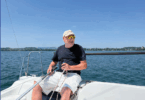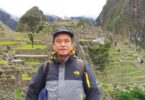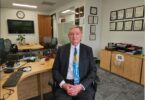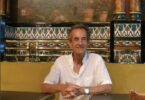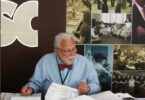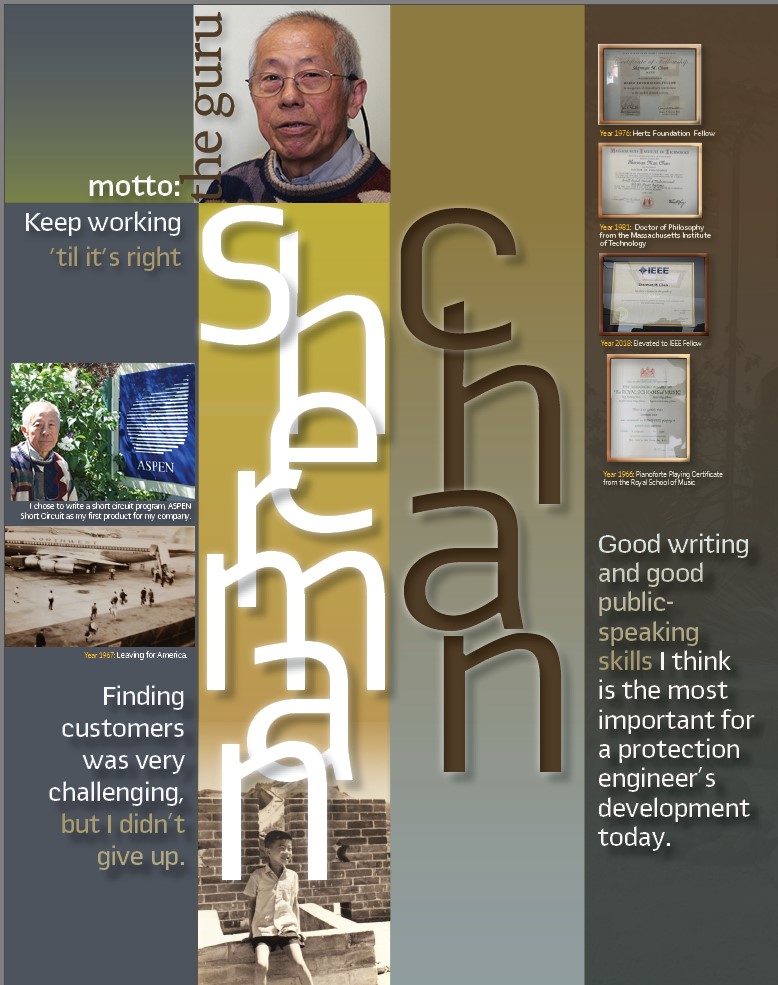
PAC World: When and where were you born?
S.C.: 1953 in Guangzhou, China.
PAC World: Where did you go to school?
S.C.: I went to an elementary school in Hong Kong that was founded by Baptist Missionaries. I was there from grades 1 through 7.
After my family settled in Portland, Oregon, I attended a public school at grade 8, followed by 4 years at a public high school with 2000 student. I was the only Asian in both schools.
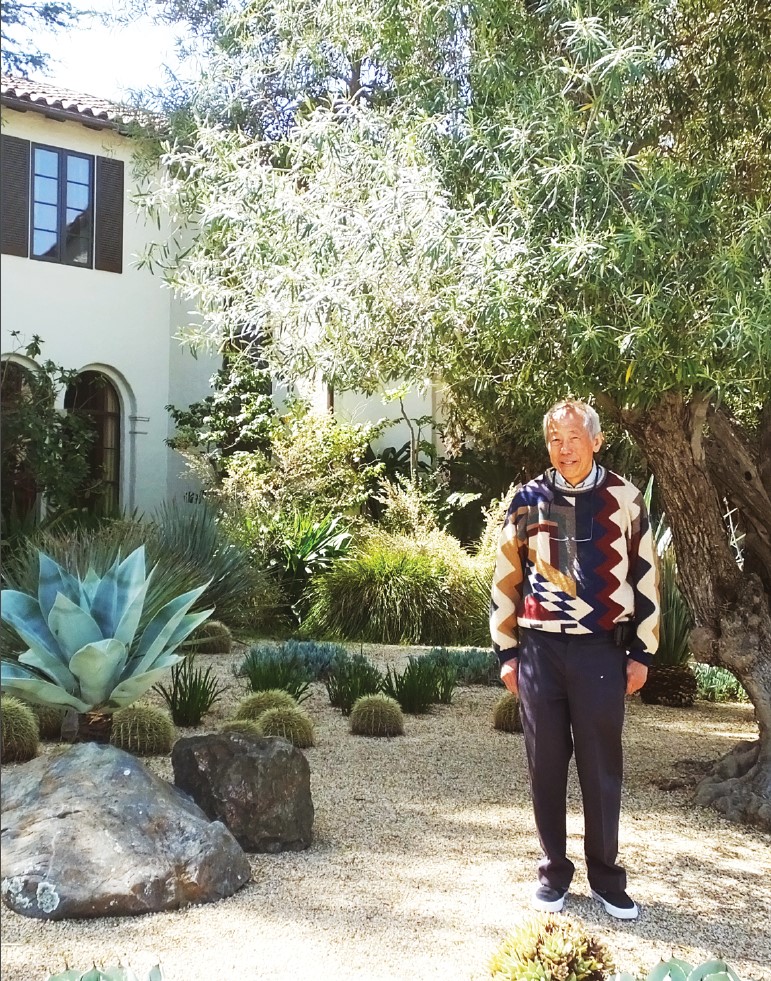
PAC World: How different was your experience going to school in the US from doing it in China?
S.C: Education in Hong Kong relies heavily on rote learning, often without an explanation of the concepts being taught. The class size in Hong Kong is 40, twice as big as the classes in public schools in Portland. Hong Kong teachers are very strict. They do not tolerate students’ bad behaviors.
PAC World: Did you have any specific interests while you were in school?
S.C.: I started learning how to play the piano as soon as my family arrived at Hong Kong. By the time I left Hong Kong to come to the US in 1967, I have passed the exams for grades 1 through 5 of the Associated School of the Royal School of Music. My parents also gave me lessons in calligraphy and in painting.
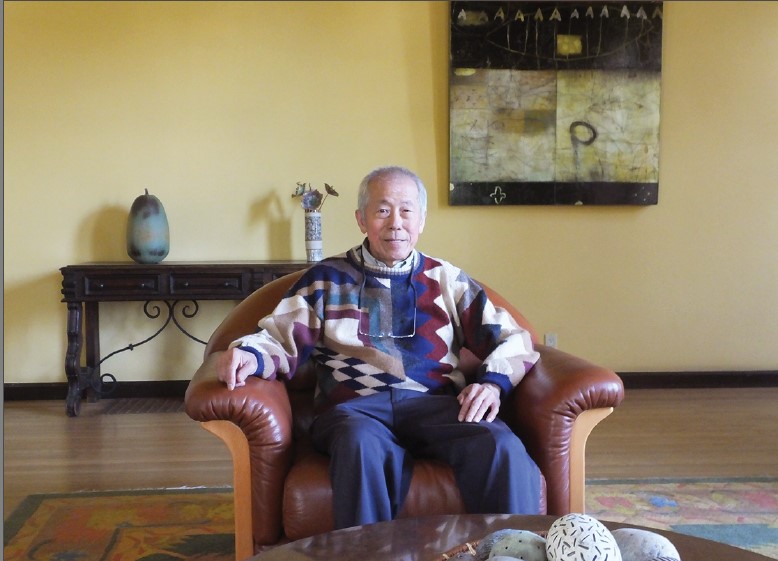
PAC World: Who do you think is the person that had the most influence on you when you were growing up?
S.C.: My mother had the most influence on me when I was growing up. I went to the market with her every day (we didn’t have a refrigerator). At home I watched her cook over a small kerosene stove every night. She looked over my homework before I went to bed. If I didn’t do my homework to her satisfaction, she would stay up with me until I got it right. What I learned from her is work ethics: Work responsibly and keep working until I get it done right.
PAC World: Do you remember anything from your childhood that contributed to you becoming an engineer?
S.C.: My paternal grandfather was a civil engineer who directed the constructions of bridges, dams and railroads all over China. He is the person I looked up to; I suspect he gave me the idea of being an engineer.
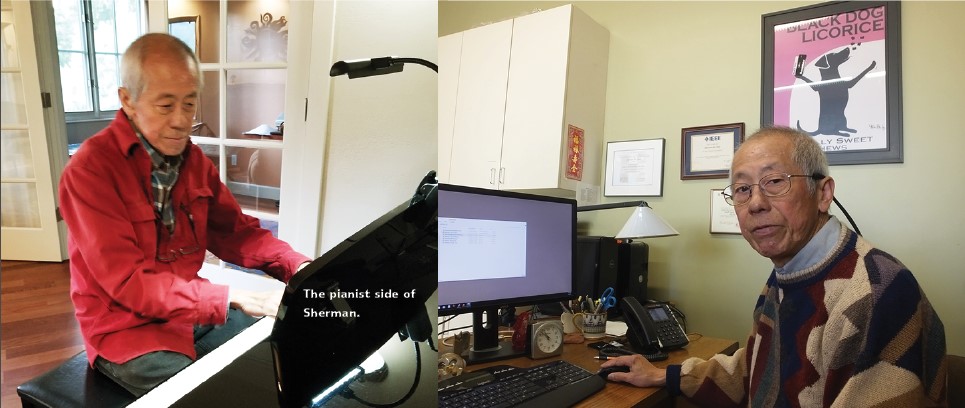
PAC World: Why did you decide to continue your education?
S.C: My parents were both colleges educated biologists. I always knew I was going to college. I never thought otherwise. My mother encouraged me to get my PhD. She told me that I can do it
PAC World: How did you choose the university to go to?
S.C.: MIT and Caltech were my top choices, but they rejected me. Stanford University and Harvey Mudd College both accepted me with a scholarship that covers my tuition and room and board. I choose Mudd over Stanford because I had a gut feeling that Mudd, with a very low student-to-faculty ratio, will give me the help I needed due to my language difficulties. I made the right decision, I think.
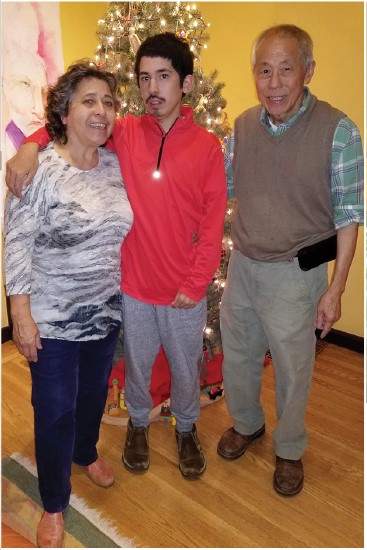
PAC World: Did you study electric power systems or protection while in college?
S.C.: No. I learned about power system simulation while I worked at the Methods Analysis Section of Bonneville Power Administration (BPA) for 8 summers, starting when I was 19 years old.
The power-system software I worked on included the power flow program, the transient stability program, the Electromagnetic Transients Program (EMTP), the first real-time power flow at the energy control center, and a program that used linear programming to change the generation pattern to bypass certain transmission corridors. I did not take any classes in power systems until I was at graduate school.
People I worked with at BPA cautioned me to avoid working in the system protection department because they said it is the Siberia of power engineering. I am glad I did not take their advice. In my professional career in the last 40 years, I wrote short circuit and relay coordination programs for transmission and distribution systems. In my opinion, the contribution of relay engineers is grossly under-appreciated by the management of utility companies.
PAC World: Did you have any other interests while in university?
S.C.: I took up flying and sailing when I was at MIT. Most of my flying hours are on airplanes made in the 1940s right after WWII.
PAC World: What was your first job?
S.C.: After graduating from MIT in 1981 with a PhD in electrical engineering, I found a job at a consulting company in Palo Alto, CA, called Systems Control, Inc. That was the only job I could find. 1981 was a very bad year economically.
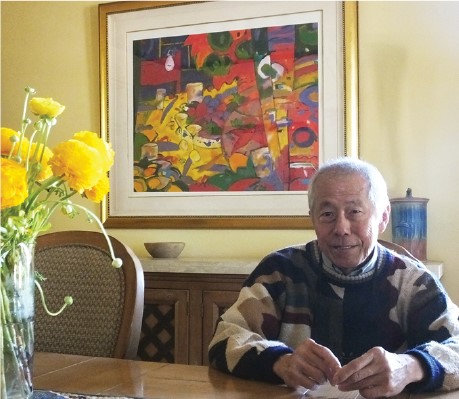
PAC World: Why did you decide to leave BPA and work for a consulting company?
S.C.: I did not return to BPA after graduation because my mentor, Bill Tinney, was about to retire from BPA. Also, at about this time, electric utilities were closing their software-development departments and license their software from software vendors instead.
PAC World: What made you start your own company?
S.C: It was the start-your-company bug in the Silicon Valley: I was of the opinion that I could write better software than the established companies. I chose the short circuit program as my first product because my good friend Vladimir Brandwajn had published a new method for solving short circuits. My first program, called ASPEN Short Circuit Program, was written in FORTRAN for IBM mainframes. I completed it about a year after I left Systems Control. I took pride in writing an easy-to-understand user’s manual and printed it using a laser printer (which was very expensive those days).
PAC World: What was the most challenging task at the beginning?
S.C.: Finding customers was the most challenging task. I did a lot of cold calls without any success. But I didn’t give up. Finally, I found my first customers among utilities at Reno, Los Vegas and Atlantic City. They were willing to take a gamble on a program that can potentially build their substation better and faster. After I had a few happy customers, it got a lot easier to market the software.
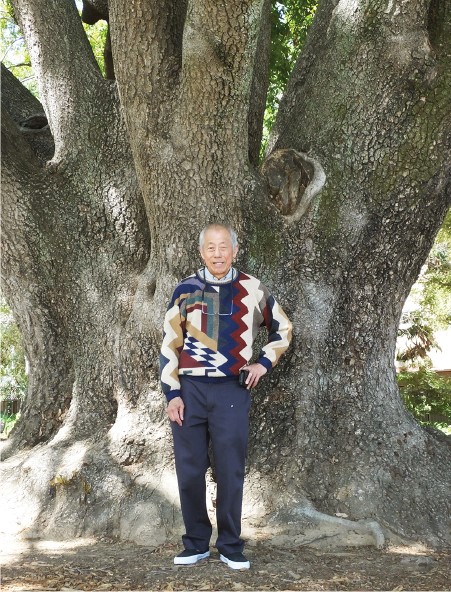
PAC World: How did you grow the company to the global company it is today?
S.C.: The graphical interface I wrote was the key. By chance, in 1982, I met an antique-airplane pilot by the name of Bruce Horn at the Palo Alto airport. Bruce and a coworker wrote the first operating system for the Apple McIntosh computer (the Mac). As soon as Bruce showed me the Mac’s graphical interface, I could envision how the data input and solution display of the short circuit program could be accomplished graphically. Bruce gave me a list of books to read.
I created a one-line diagram interface on the Mac even though I knew electric utilities are unlikely to buy any computers from Apple. My graphical-interface prototype was done in about 6 months.
One day I heard in the news that Microsoft ware releasing an operating system called Windows that supports graphics. I was ecstatic. Porting the software from the Mac to Windows was relatively easy. The commands in the two systems were similarly named.
The early versions of Windows had many bugs, and they did not support virtual memory. It took a couple of years before Windows was stable and can accommodate more than a megabyte of memory. When this happened in the early 1990s, my short-circuit and relay coordination program called ASPEN OneLiner was flying off the shelves.
PAC World: What is the most satisfying moment during that time?
S.C: The most satisfying David-beats-Goliath moment is when the big utilities, one after another, decided to use OneLiner for short circuit computation, relay coordination, breaker rating, and PRC compliance.
PAC World: The electric power grid today is very different from the power grid of the twentieth century. What do you think about the impact of inverter based distributed energy resources on short circuit studies and protection coordination tools?
S.C.: Converter-interfaced devices, such as solar plants, wind plants, battery energy storage, VSC dc terminals are not all that hard to model.
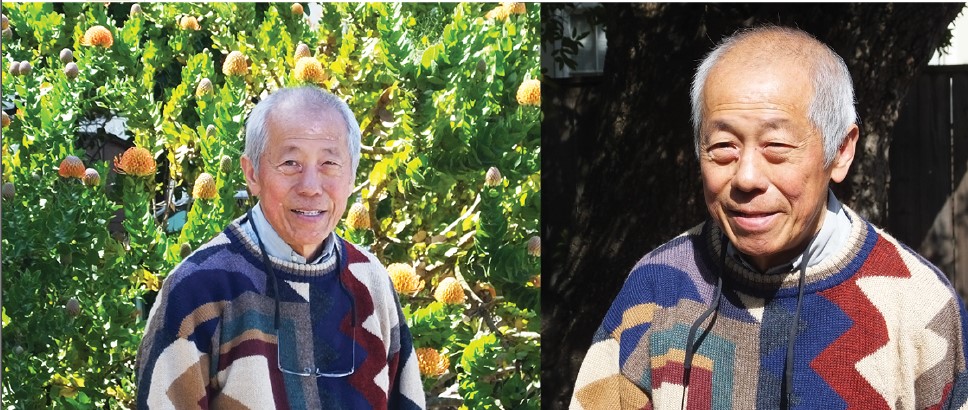
They are just current sources that follow certain logic. EPRI has given me (and other software vendors) a lot of help in understanding the basic operating principles and operating limits on voltage, current and power-factor angle etc. I am grateful for their help.
PAC World: Most of the analysis tools are using a symmetrical components-based model which is based on the assumption that the electric power system is balanced which typically is not the case.
Do you think it is time to switch to more accurate phase domain model?
S.C: I have done this already in a program for distribution networks. This program, call DistriView, can solve power flow, short circuit, harmonics simulation for networks with single-phase, V-phase and 3-phase lines. It has models for untransposed lines, unusual transformer configurations (such as open-wye, open-delta windings) and unbalanced loads and shunts and harmonics. Currently, there is not much interest in this capability for high voltage transmission networks. Maybe this will change over time.
PAC World: What do you believe is the best way to share your knowledge and experience with the new generation of protection engineers?
S.C.: I am sharing what I know mainly with my employees and with members of IEEE Working Groups that I belong to.
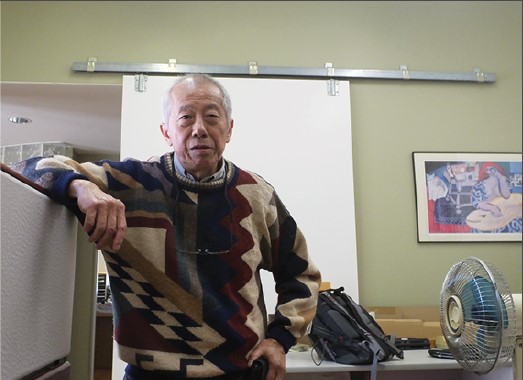
PAC World: What do you think is most important for a protection engineer’s development today?
S.C.: Good writing and good public-speaking skills. For me, I learn these skills from my years at Harvey Mudd College.
PAC World: What do you consider the biggest challenge in your professional career?
S.C.: The biggest challenge is when I started working at BPA when I was 19 years old. I didn’t know FORTRAN. Also, I had no inkling of what kind of problems Bill Tinney’s group was trying to solve. I had to learn that from reading IEEE Transaction papers.
PAC World: What do you consider your biggest professional accomplishment??
S.C: It was the integration of computer graphics and the state-of-the-art in numerical simulation of power systems.
PAC World: You have received different awards throughout your career. Is there a specific one which is the most important to you?
S.C.: The Hertz Foundation Fellowship was important because it was a prestigious award and it paid for my graduate education.
In fact, the stipend I received from the Foundation was more than an assistant professor’s salary.
PAC World: What do you think is your most important personal achievement?
S.C.: My only son is autistic and nonverbal. My wife Irma and I have founded a school for autistic people, from K to 12, called Wings Learning Center in Redwood City, CA. It is one of the biggest schools of its kind in the San Francisco Bay Area. We have also founded nonprofits to provide recreational opportunities and housing for autistic people.
PAC World: What do you think we need to do to attract more young people to our industry?
S.C.: I suggest we get a film studio to film a James Bond movie in which the hero is a utility engineer. That will do it, I assure you.
PAC World: What is the advice that you would give when you are in front of an audience of young people?
S.C.: I will tell them my life story, but I will refrain from steering them into any profession. It is important for each person to do what he/she aspires to.
PAC World: You have traveled to many countries. Do you have a favorite place to visit?
S.C.: I enjoy travelling to Europe and Central America. Just before the Covid-19 pandemic, my wife and I had plans to visit Ireland.
PAC World: Do you have a hobby or something that you like to do when you are not working?
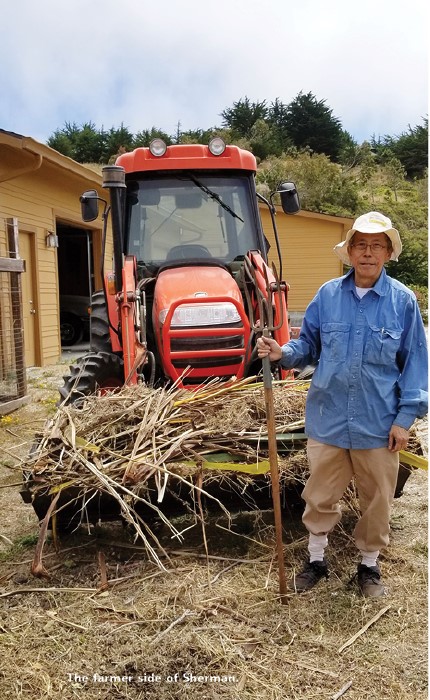
S.C.: I am happiest when I am working outdoors planting trees and tending my vegetable garden. I am a farmer at heart. I am also a pianist.
PAC World: How do you mix your professional and your personal life?
S.C.: I don’t think I mix my professional and my personal life often. The only exception I can recall was a one-day trip I took to Hawaiian Electric for a sales call during my honeymoon in Hanalei, Hawaii.
PAC World: Do you ever consider retiring?
S.C.: Yes, I have thought about it, of course. But I can still do my job and I am not retired yet.
PAC World: What is your favorite music?
S.C.: I don’t have any favorite. I am currently learning pieces by Liszt (Petrarca: Sonetto 123) and by Chopin (Impromptu No. 2.)
PAC World: What is your favorite form of entertainment?
S.C.: Working in my garden
PAC World: Do you have any favorite food?
S.C.: Chinese.
PAC World: Do you have a motto?
S.C.: Keep working ’til it’s right.
PAC World: Is there a question that we forgot to ask you?
S.C.: No.
Biography:
Dr. Sherman Chan earned his BS degree from Harvey Mudd College, and his MS, Engineer and PhD degrees from MIT. He is a fellow of the Hertz Foundation.
He has 49 years of experience in writing computer software and graphical interfaces for power systems applications. He started his career as a student aid in Bonneville Power Administration, Portland, Oregon, when he was 19 years old.
Dr. Chan is the President of Advanced Systems for Power System, Inc. (ASPEN) in San Mateo, California. He is an IEEE Life Fellow and a member of the IEEE PES Power Systems Relaying and Control (PSRC) Committee.
Currently his interests are in the simulation of converter-interfaced resources, such as solar plants, wind plants and battery storage systems in large networks.



